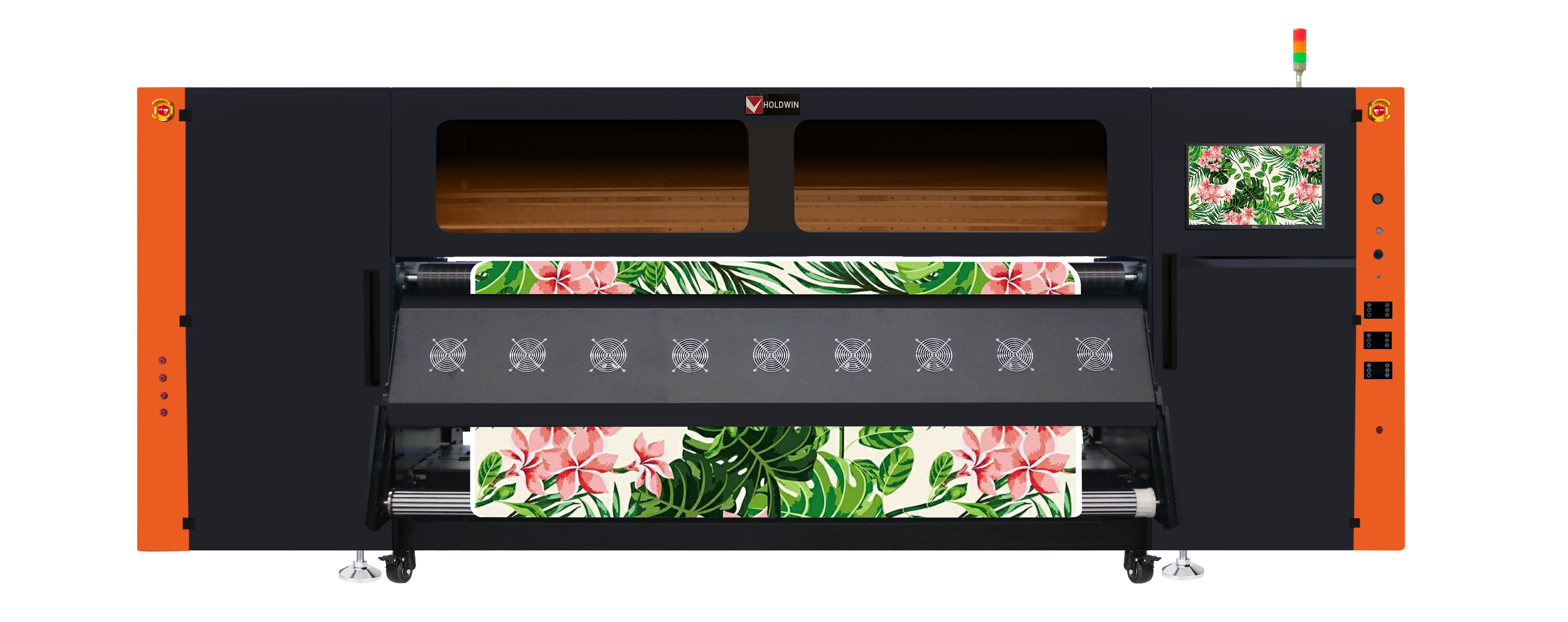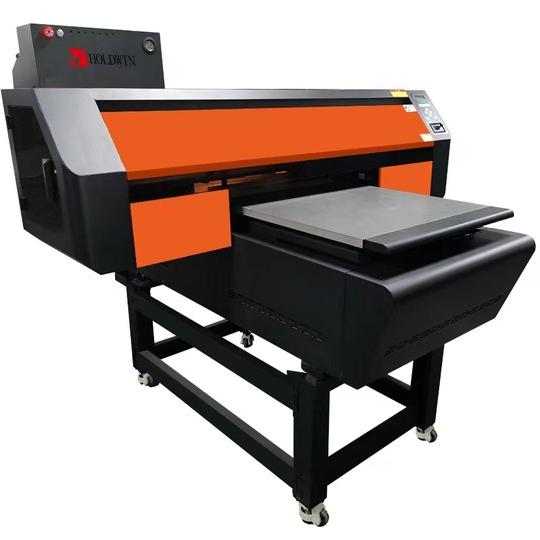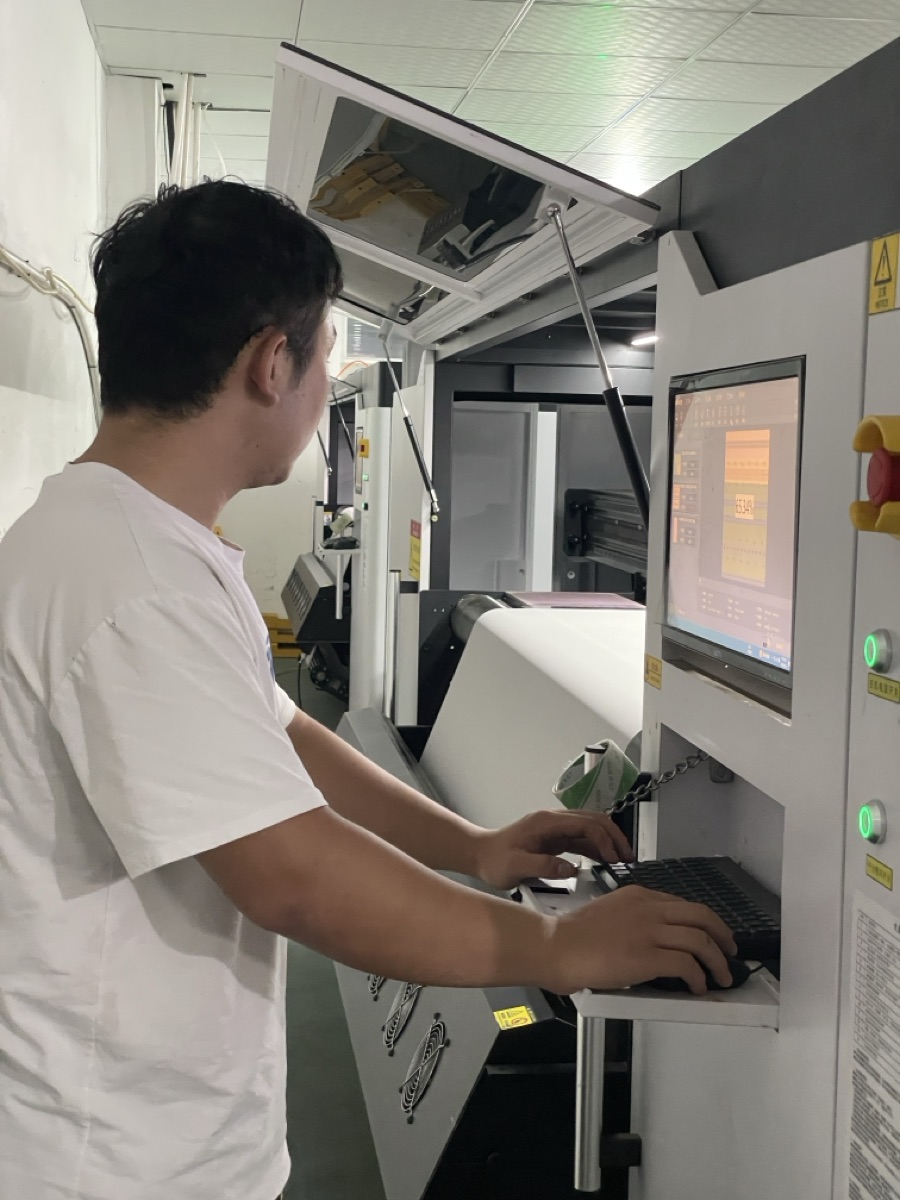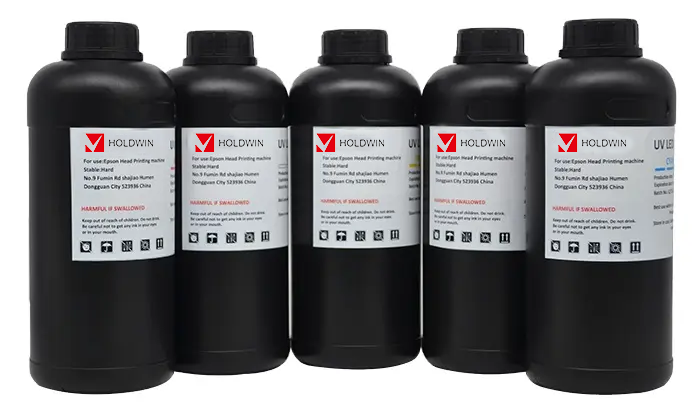
Digital textile printing has revolutionized the fashion and textile industries, offering remarkable flexibility, efficiency, and creativity. However, this innovative technology also presents several challenges that manufacturers and designers must navigate. This article explores these challenges and provides practical solutions, underscoring HOLDWIN’s commitment to excellence in the digital printing arena.
Digital textile printing has transformed the way fabrics are designed and produced. With advancements in technology, businesses can now print intricate designs on various materials quickly and efficiently. Despite its benefits, the industry faces significant challenges, from color management to material compatibility. Understanding these obstacles and finding effective strategies to overcome them is essential for manufacturers and designers seeking to thrive in a competitive landscape.

One of the primary challenges in digital textile printing is achieving consistent and accurate color reproduction. Variations in fabric type, printer settings, and ink formulations can lead to discrepancies that impact the final product’s quality.
Implementing a robust color management system (CMS) can help address these issues. By utilizing ICC profiles specific to the printer and material, manufacturers can achieve more precise color matching and consistency across different production runs. Regular calibration of printers and careful selection of inks tailored for the substrate are also crucial steps in maintaining color fidelity.

Different fabrics exhibit varying characteristics that can affect the printing process. Some materials may absorb ink differently, leading to issues like bleeding, fading, or poor adhesion.
Conducting thorough material tests before commencing large-scale production is essential. HOLDWIN’s commitment to personalized solutions means we work closely with clients to understand their specific material requirements and tailor our printing processes accordingly. Additionally, using pre-treatment solutions can enhance ink adhesion on challenging fabrics, ensuring high-quality output.

Digital printing equipment requires regular maintenance to ensure optimal performance. Neglecting maintenance can lead to breakdowns, reduced print quality, and increased operational costs.
Establishing a proactive maintenance schedule can significantly extend the lifespan of printing equipment. HOLDWIN offers comprehensive training and support to our clients, ensuring they are equipped with the knowledge to perform routine maintenance and troubleshoot common issues effectively. Regular servicing by qualified technicians can prevent unexpected downtime and keep production running smoothly.

The textile industry faces increasing scrutiny over its environmental impact. Digital printing, while more sustainable than traditional methods, is not without its challenges, particularly concerning waste management and the use of eco-friendly inks.
Investing in sustainable practices is not only beneficial for the environment but also enhances a brand’s reputation. HOLDWIN is committed to providing eco-friendly ink options and promoting waste reduction strategies in the printing process. By adopting a circular economy approach, businesses can minimize waste and ensure their practices align with global sustainability goals.

The rapid advancement of digital printing technology has created a skills gap in the workforce. Many operators may lack the necessary training to effectively use modern equipment and software.
Investing in training programs is crucial for bridging this gap. HOLDWIN offers specialized training sessions tailored to our clients’ needs, covering everything from machine operation to software management. By equipping staff with the necessary skills, businesses can enhance productivity and reduce errors in the printing process.
While digital textile printing presents several challenges, the industry also offers abundant opportunities for innovation and growth. By addressing issues such as color management, material compatibility, equipment maintenance, environmental concerns, and workforce skills, businesses can position themselves for success.
At HOLDWIN, our global vision drives us to become a world-renowned brand in digital printing. We are dedicated to quickly developing new products and providing personalized solutions that cater to the evolving needs of our clients. As we navigate the challenges of digital textile printing together, we remain committed to empowering our customers with the tools and knowledge needed to thrive in this dynamic industry.
“HOLDWIN has transformed our production process. The support and training provided have been invaluable, and our print quality has reached new heights. We couldn’t be happier with the results!” — *Jane Doe, Textile Manufacturer*
1. Smith, J. (2022). The Impact of Color Management on Digital Textile Printing. *Textile Journal*, 45(2), 123-135.
2. Lee, A., & Chen, Y. (2023). Sustainable Practices in Digital Textile Printing. *International Journal of Textile Science*, 12(1), 45-60.
3. Martinez, R. (2021). Bridging the Skills Gap in Textile Manufacturing. *Fashion & Technology Review*, 9(3), 78-90.
4. Thompson, L. (2024). Innovations in Digital Printing Equipment Maintenance. *Journal of Industrial Technology*, 50(1), 33-50.

Zhiyu is passionate about good products, good services, and good prices to let consumers know that choosing us is the right choice! For partners and end customers, we will provide one-on-one considerate smart services and provide you with more high-quality procurement solutions.